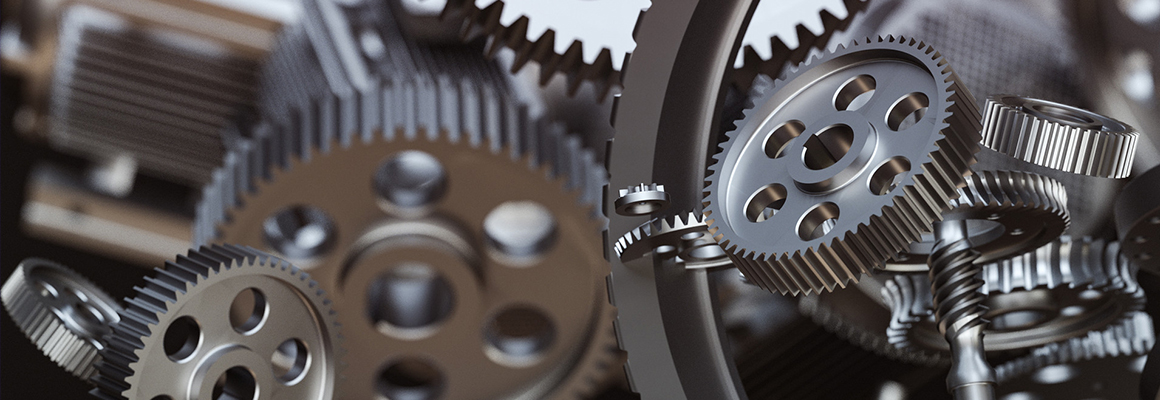Electric Screwdriver vs. Manual Tools: Which Is Best for Automation?
In the realm of automated production, the choice of tools can make a significant difference in efficiency, quality, and worker satisfaction. One of the most debated topics among manufacturers and assembly line operators is whether to use electric screwdrivers or stick with traditional manual tools. This article delves into the pros and cons of both options to help you determine which is truly the best fit for your automation needs.
Are you interested in learning more about Electric Screwdriver For Automated Production Factory? Contact us today to secure an expert consultation!
Understanding Electric Screwdrivers
Electric screwdrivers have revolutionized the way we approach fastening in manufacturing settings. These power tools offer a level of precision and speed that manual tools simply can't match.
Benefits of Electric Screwdrivers
Speed and Efficiency
Electric screwdrivers can drive screws faster than manual tools. This speed translates to significant time savings, especially in high-volume production environments where every second counts.Consistency
These tools provide uniform torque and depth control, ensuring that each screw is tightened to the same standard. This consistency reduces the risk of errors that can occur with human operation.Reduced Labor Fatigue
Manual screwdriving can lead to fatigue, especially if workers are engaged in repetitive tasks. Electric screwdrivers lighten the load, allowing employees to work longer without risking strain or injury.Adaptability
Many electric screwdrivers come with adjustable settings that accommodate varying screw sizes and materials. This flexibility is essential for production lines that handle multiple products.
Considerations for Electric Screwdrivers
While electric screwdrivers offer numerous advantages, they do come with a few considerations:
Initial Investment
The upfront cost of electric screwdrivers can be higher than that of manual tools. However, the long-term benefits often outweigh the initial expenditure.Power Dependency
Electric screwdrivers require a power source, which means that downtime can occur if there are electrical issues. This factor must be weighed against the potential for increased productivity.
The Value of Manual Tools
Despite the advancements in technology, manual tools still have a place in many production settings. They have stood the test of time for valid reasons.
Advantages of Manual Tools
Cost-Effectiveness
Manual screwdrivers are generally less expensive than their electric counterparts. For smaller operations or those just starting, this affordability can be a crucial factor.The company is the world’s best Torque Electric Screwdriver supplier. We are your one-stop shop for all needs. Our staff are highly-specialized and will help you find the product you need.
Related articles:
how to use a patterned paint rollerGreater Control
Experienced workers often find that manual tools provide a more intuitive feel for fastening. The tactile feedback can allow for more nuanced control, particularly in delicate assembly tasks.Less Maintenance
With fewer mechanical parts, manual tools typically require less maintenance and are less prone to mechanical failure. This reliability can be a significant advantage in fast-paced environments.No Power Requirements
Manual tools can be used anywhere without concern for electrical outlets or battery life. This flexibility allows for easy transport and use in varied locations.
Drawbacks of Manual Tools
Despite their benefits, manual screwdrivers come with disadvantages:
Time-Consuming
Driving screws by hand is significantly slower compared to electric options, which can hinder productivity in high-demand environments.Potential for Inconsistency
Human error is a prevalent risk when using manual tools. Inconsistent torque can lead to mechanical failures or product defects.
Which Option Is Best for Automation?
Choosing between electric screwdrivers and manual tools ultimately depends on your specific automation needs. Consider the following factors when making your decision:
Production Volume
For high-volume production lines, electric screwdrivers might be the recommended choice due to their speed and efficiency. However, for smaller operations or specialized tasks, manual tools could suffice without the added expense.
Skill Level of Workforce
If your workforce is highly skilled and trained in using manual tools, it may be worthwhile to stick with what they know. Conversely, if you’re looking to minimize training and onboarding time, electric screwdrivers can be more user-friendly.
Overall Costs
A comprehensive analysis of both initial and long-term costs is essential. Calculate not just the purchase price of the tools but also consider maintenance, potential downtime, and the impact on productivity.
Conclusion
When evaluating electric screwdrivers versus manual tools for automated production, there’s no one-size-fits-all answer. Each has unique advantages and limitations tailored to different operational needs. By understanding these tools and assessing your specific requirements, you can make an informed decision that enhances productivity while ensuring quality and efficiency on your assembly line. Ultimately, the best choice lies in aligning the tools with your production strategy to drive success in your operations.
If you are looking for more details, kindly visit High torque brushless screwdriver Company.


